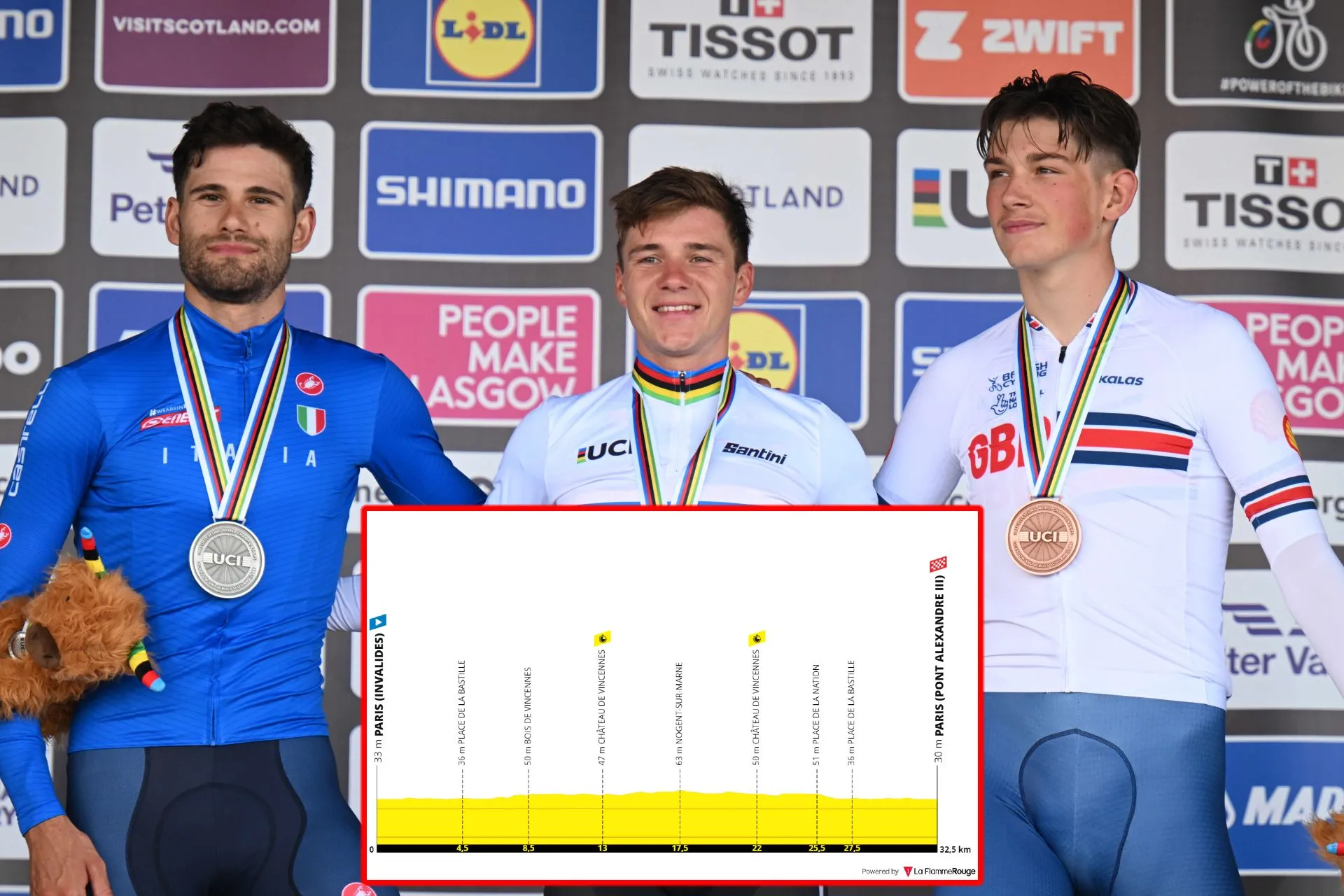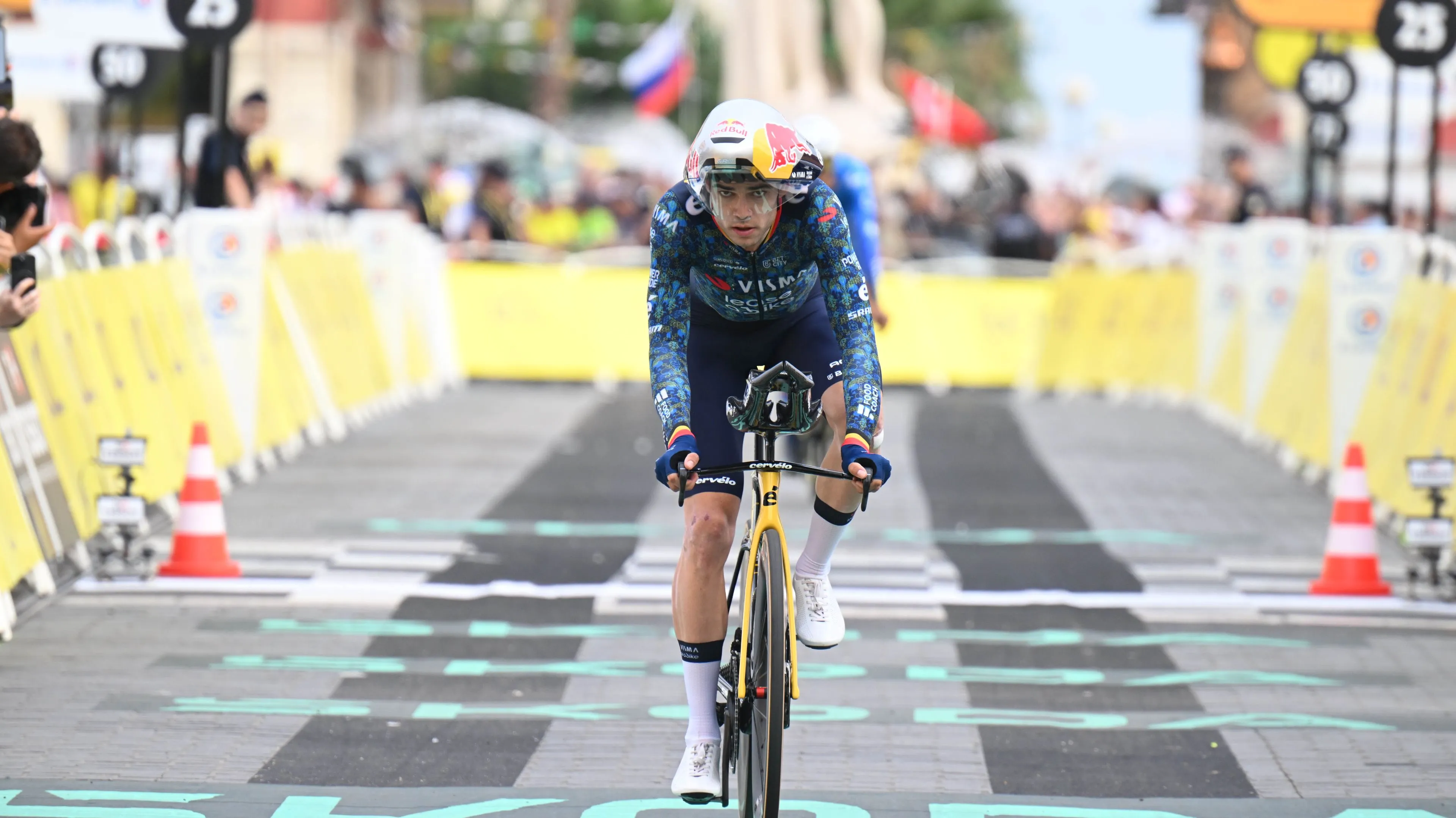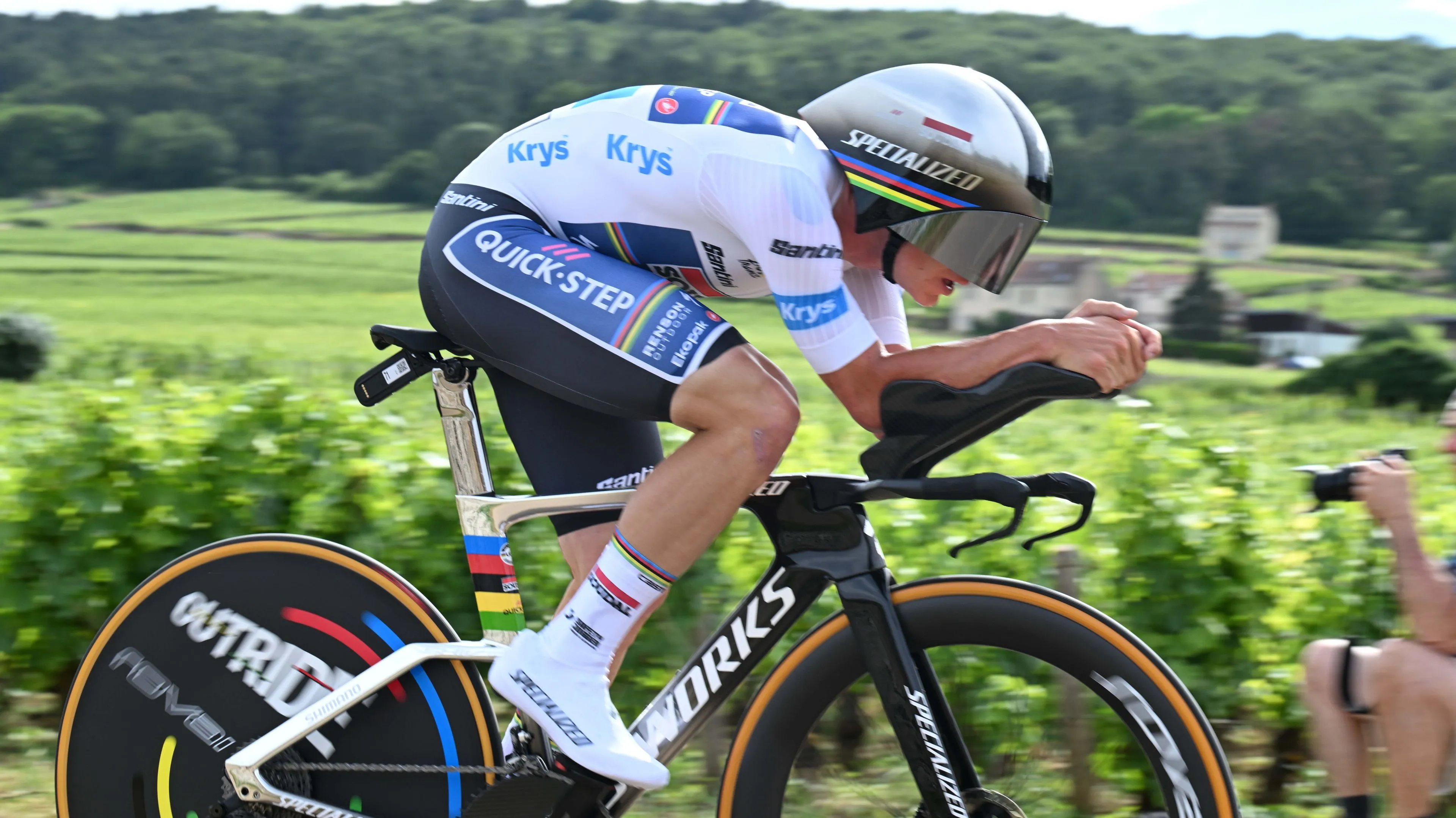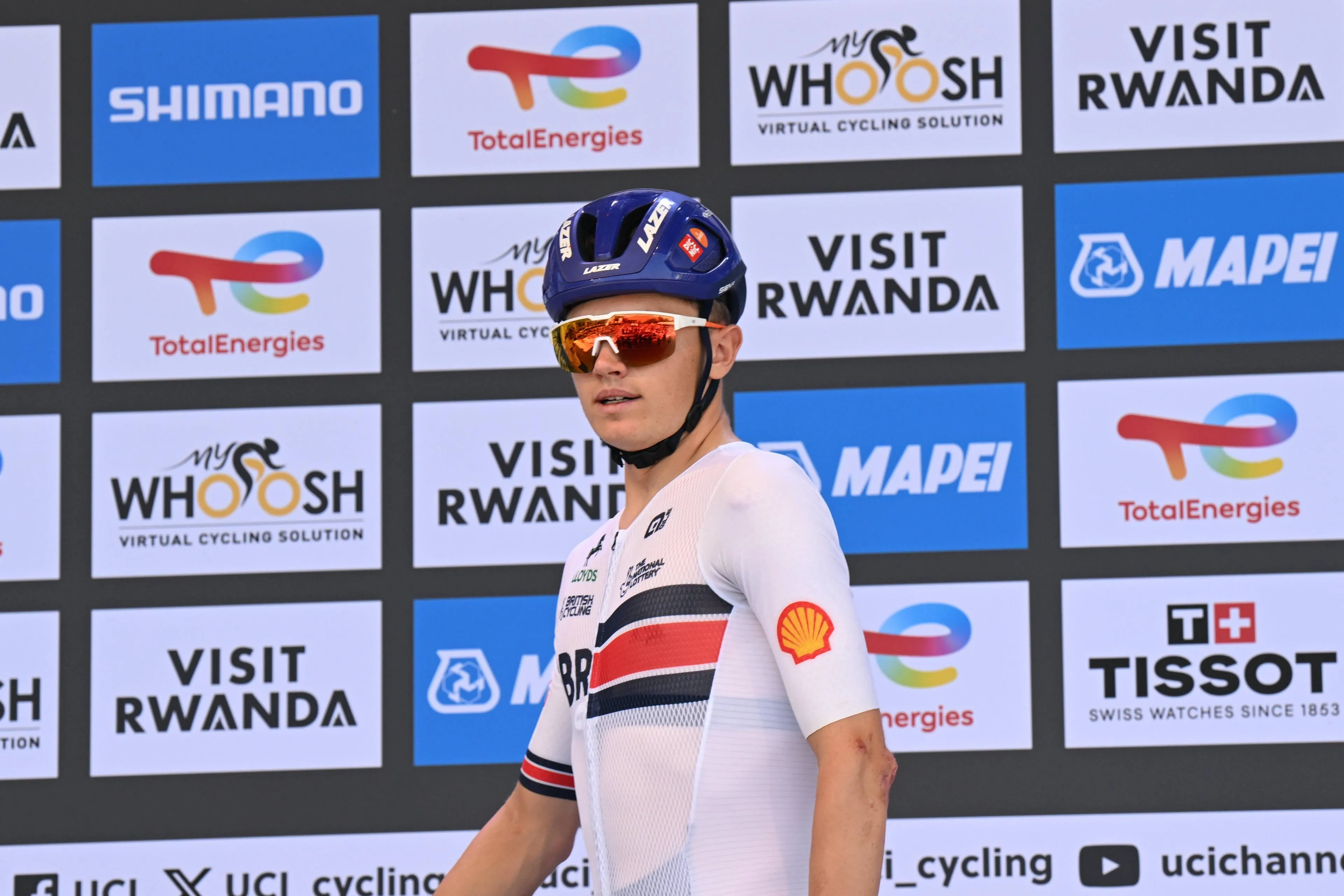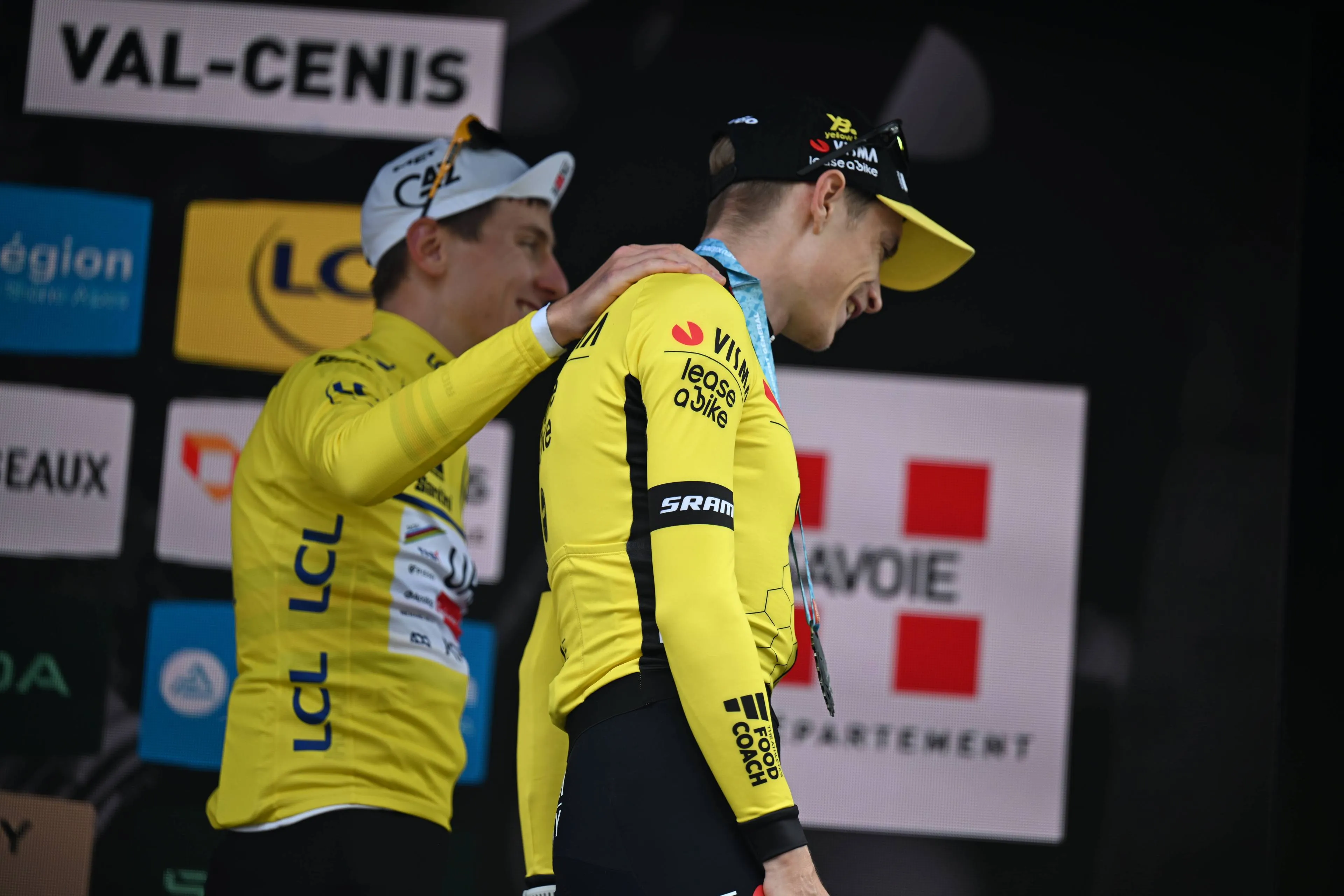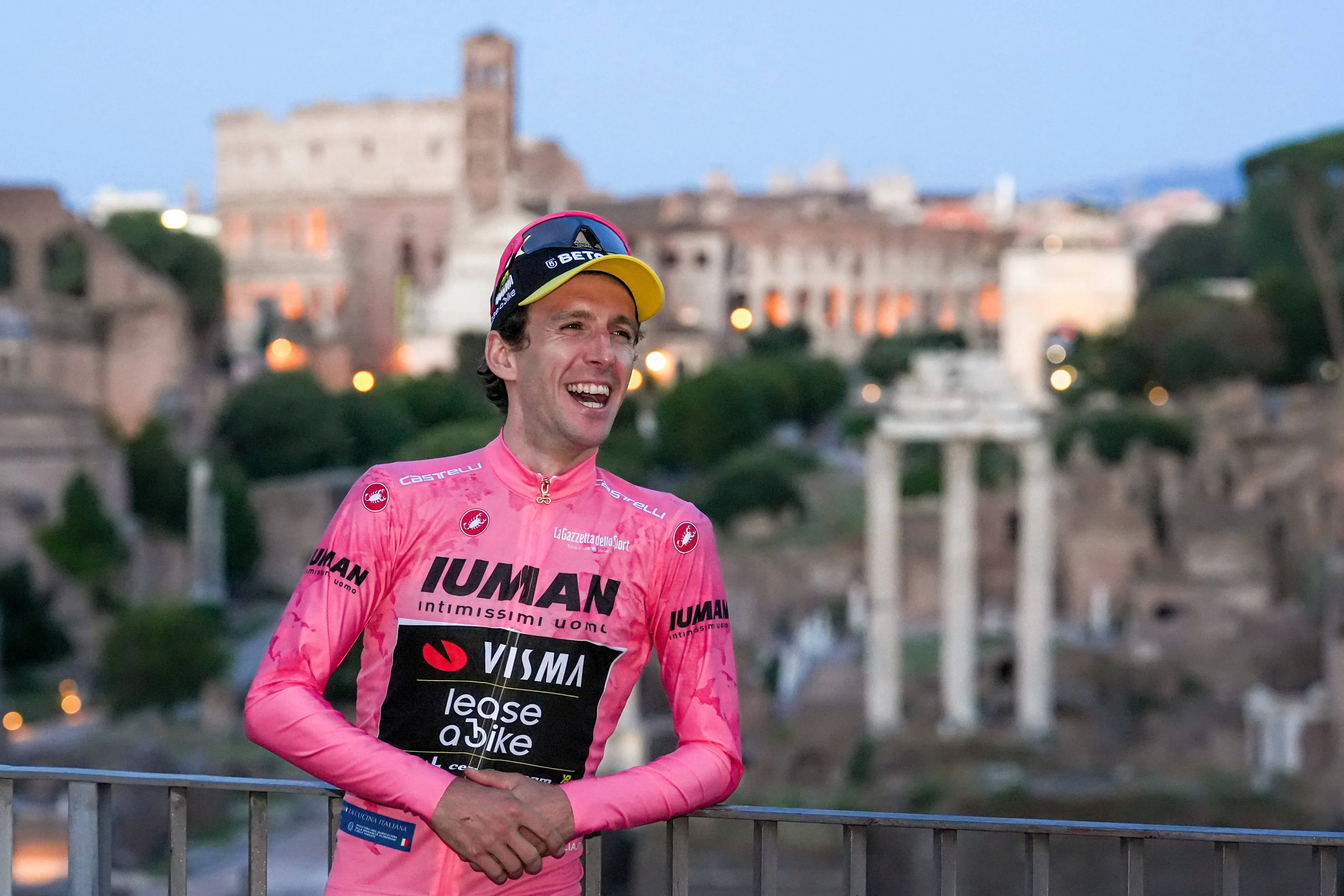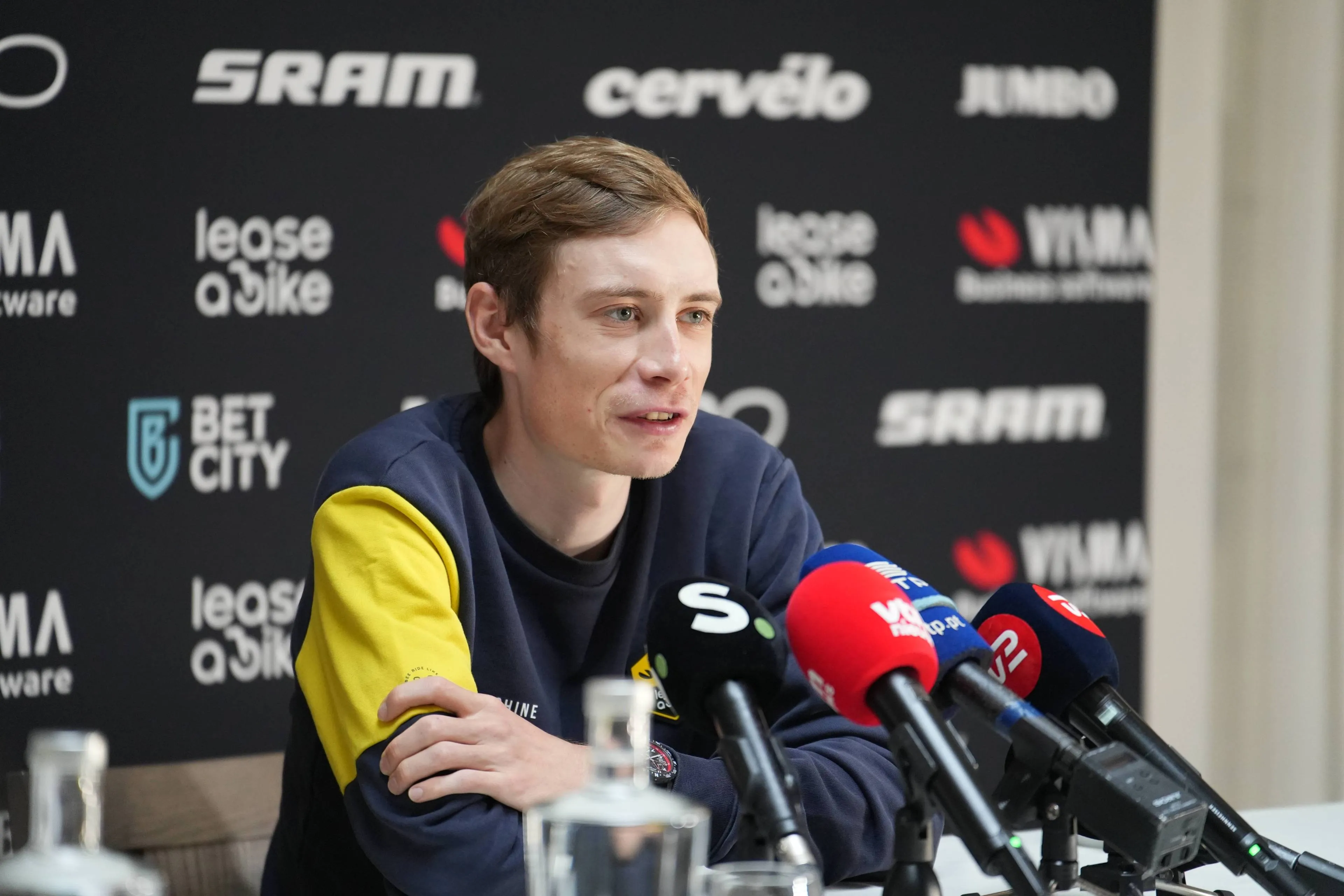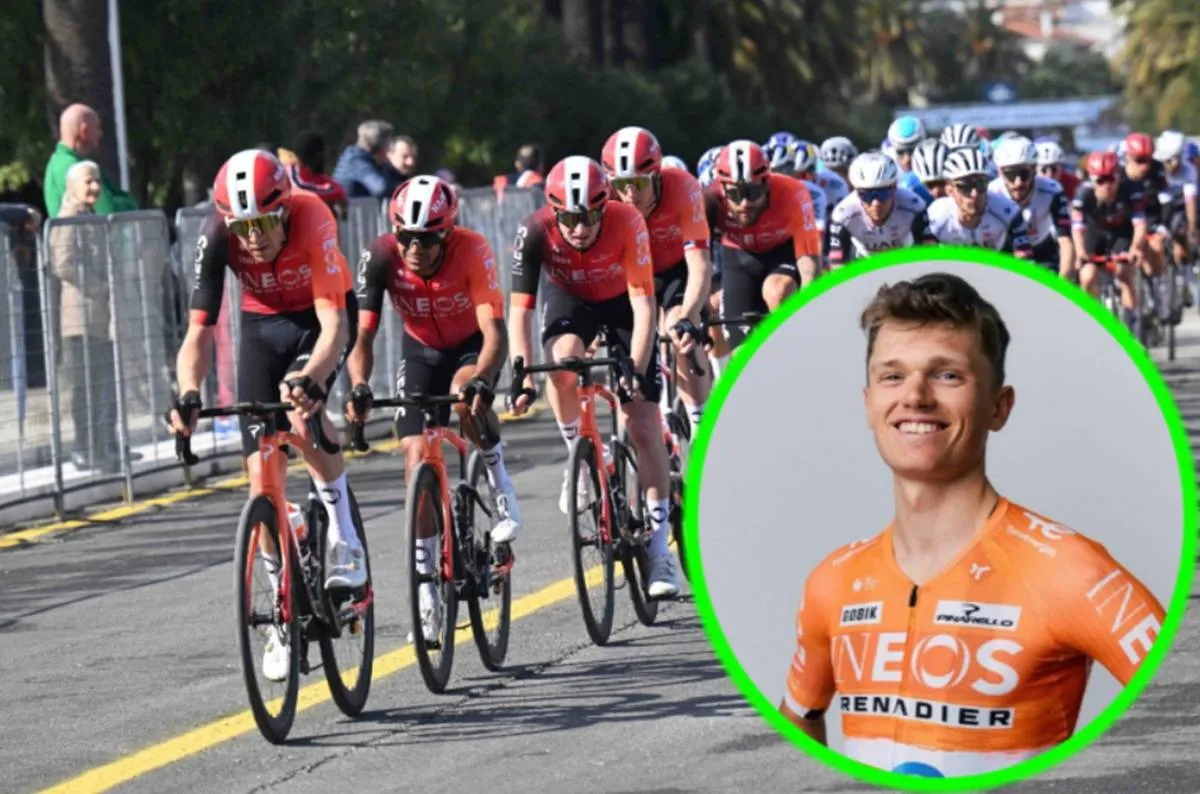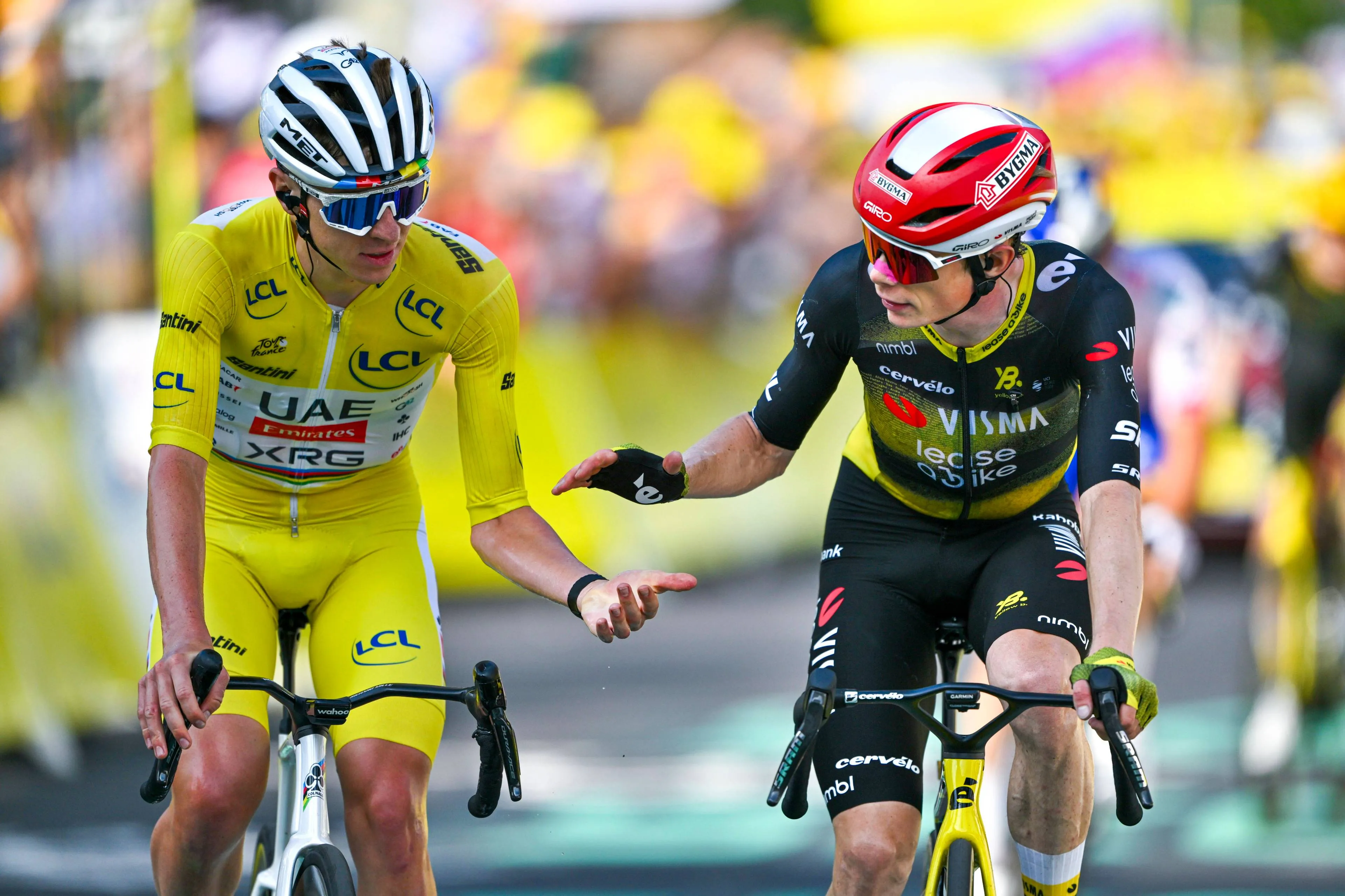Wout van Aert's double disk wheels under doubts for Olympic time-trial: "That can have a dangerous effect"
CyclingSaturday, 27 July 2024 at 11:28

Double disk wheel bikes are rare in road cycling nowadays but not unseen. On the track, they are a popular choice in the pursuit of aerodynamical gains but on the road it is impossible to match the smoothness of the surface and the lack of weather conditions. In the 32-kilometer time-trial at the Olympic Games, Belgian Wout van Aert is considering this option, but there are doubts regarding it's effectiveness or safety.
"Until now, that was mainly done on the track. The rear wheel then gets a flywheel effect. And they also use a full front wheel, although the disadvantage is that you become a lot less agile," Bert de Backer commented for Sporza. "Steering is a lot more difficult. But I think the course is not very technical and that is why they try it. I also suspect that there will not be much wind. Because a lot of bends, a lot of up and down and a lot of wind are reasons not to use the full front wheel. Even for a big rider it is not pleasant to ride with that in a crosswind. But I do think it is nice that they are experimenting again".
Read also
Van Aert reconned the course this Wednesday with a bike that featured this, something that could bring benefit taking into consideration the complete lack of a technical aspect to the course. Against the clock every detail matters and when it comes to an Olympic title, riders will want to present themselves at their very best into the key race.
Commentator José de Cauwer added: "It could have an advantage in terms of aerodynamics. But if you talk about an advantage, there may also be a disadvantage. Full wheels are very sensitive to crosswinds and that can have a dangerous effect." This is ultimately the reason why no other riders have seemingly experimented with it; whilst Joshua Tarling also argued that there still are a few corners where seconds can be won and it's necessary to take them at full speed and not worry about bike stability.
Read also
"Of course they will have tested it and you can calculate to what extent something like that can yield a wattage gain. Then you have to weigh it against the disadvantage. With spokes in your wheel you always have a bit more wind and you also make more wind, but I am now standing in an open space and I still feel the wind blowing quite hard," de Cauwer continued.
"On top of that it is also more difficult to stee. If you are in the bracket and there is a gust of wind, you will feel the difference. Whether it will yield an advantage or a disadvantage? I can't say from here,"
Read also
claps 1visitors 1
Just in
Popular news
Latest comments
- I take him for his word and the beautiful letter of retirement he penned.Good health and family life as well.Chapeau! God speed straight on till morning.
 Brucegel10-01-2026
Brucegel10-01-2026 - If there is something, knowing cycling it will only come out in a decade. Another oddity is the money angle. Had he wanted to, he could probably have arranged to earn more in the next 2 years than he did in the past.Mistermaumau10-01-2026
- And yet, so many who get money get worried about it so obviously it’s not easy for everyone.Mistermaumau10-01-2026
- Maybe Simon's close bond with his brother made his position untenable, for instance if Visma were planning an unwelcome surprise for UAE.Hills3310-01-2026
- You forgot the tax angle which says quite a lot about people who are already well set up. And he’s got rid of the money hasn’t he, or rather invested it long-term for his family, people who like money spend differently.Mistermaumau10-01-2026
- 🤣 I saw that too. Guess he buys in lower tax bracket so he can buy moremd197510-01-2026
- Exactlymd197510-01-2026
- Leave now and we don't go public with our findings. Win Win
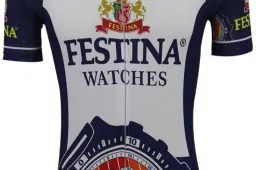 Front24210-01-2026
Front24210-01-2026 - Knowing even less about Jonas than they do about Tadej, journalists seem determined to emphasise the differences between them. They all pepper their articles about Jonas with the words family, quiet and candid. Then they have to make Tadej sound the opposite. If Tadej started a family they would be confused.Hills3310-01-2026
- He hung on there, in the tour, hell either sink or swim, let's hope the latter!
 leedorney10-01-2026
leedorney10-01-2026
Loading
🇧🇪 Wout van Aert is testing a front disc wheel for the upcoming #Paris2024 ITT! 🤔 Interested to see if he'll actually use it on Saturday! 😋 📸 cyclingspy on Instagram / oli_cx_pix #CyclingRoad
Write a comment
